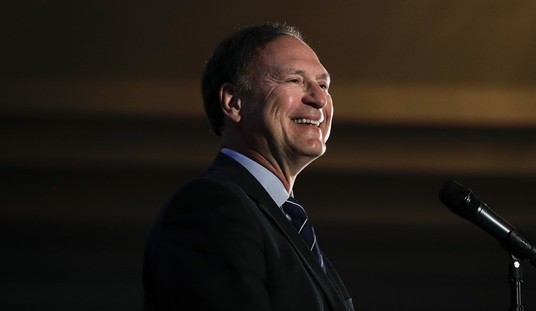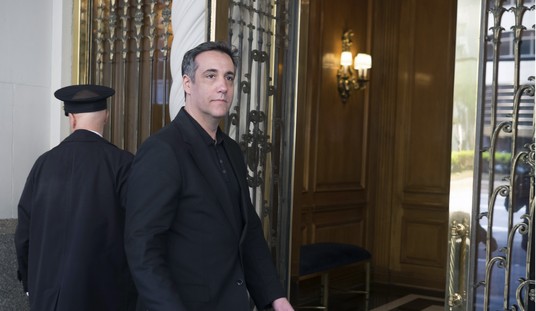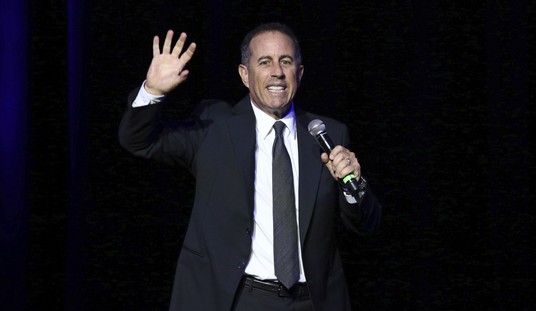In our piece on the Internet’s Long Tail for Tech Central Station, we quoted a pretty nifty line from Jeff Jarvis about Johnny Carson, who had then recently passed away:
Carson also represented the golden age of America’s shared experience in media. That era lasted about three decades, from the late ’50s to the late ’80s, when the three networks turned most cities into one-newspaper towns and we all watched the same thing. I don’t regret that era dying; it means we now have more choice and choice equals control. But it was a unique time in our culture, when popular culture became a common platform, a common touchstone for Americans. We all got Johnny’s jokes.
Hugh Hewitt writes that the breakup of the mass media-dominated culture is only continuing to accelerate:
Yesterday the Wall Street Journal ran a story on Procter & Gamble’s effort to rethink its $2.5 billion dollar in television ad spending (subscription required), a story that had to have been read by every network executive considering their own future. Key graphs:
“People familiar with the situation said P&G’s decision to scale back spending on commercials has been disclosed to TV executives in recent weeks during ‘upfront’ negotiations, the annual round of talks in which advertisers commit to spending for the coming TV season. Its commitments to cable channels will fall by as much as 25%, according to several cable industry and advertising executives, while its spending on broadcast networks will be cut around 5%. It also is expected to reduce spending on syndicated daytime talk shows such as ‘The Oprah Winfrey Show’ and ‘Ellen.’
While cutting back spending on TV commercials, P&G is looking to shift money into several different forms of TV marketing. Among them is increased activity in the fast-growing area of product placement — use of its products on TV shows — said people familiar with the situation.”
P&G is reacting to the rise of TiVo and the change in television viewing patterns across the culture. More evidence of that change arrives in today’s Washington Post story on what new technology is revealing about television habits: “People Meter Test Changes The Local TV Picture.” The findings were specific to D.C., but it is hard to believe they are not representative of all major markets across the country:
“The bad news for the six network-affiliated broadcast stations in town is that viewing levels are down throughout the day and during prime time. More distressing for local television executives is the finding that their newscasts are also down across the board, in some cases dramatically, when compared with the ratings generated by the diary system.” (emphasis added.)
Of course local newscasts are losing audience as new media provides a much better product for news junkies who are no longer stuck with lame chit-chat by local personalities and “investigative” reporting on code violations by local restaurants.
I suspect the decline in audience is probably the same for the national newscasts, and for the same reason. When the technology catches up, the hollowed-out audience will become obvious, and the crisis in television news will accelerate, merging with the larger crisis that the P&G decision telegraphs. Television dominated a half-century of American life, but now it is being reduced to just another media product, and not even the dominant one given younger demographics preference for the net.
All of this is great news for new media, as though eyeballs and ears and the ad dollars they represent must land somewhere. The blogosphere is one obvious winner, but talk radio will benefit dramatically as well, as the “influencers” are listening and you cannot TiVo a talker while stuck in a traffic jam.
Bring it on.









Join the conversation as a VIP Member